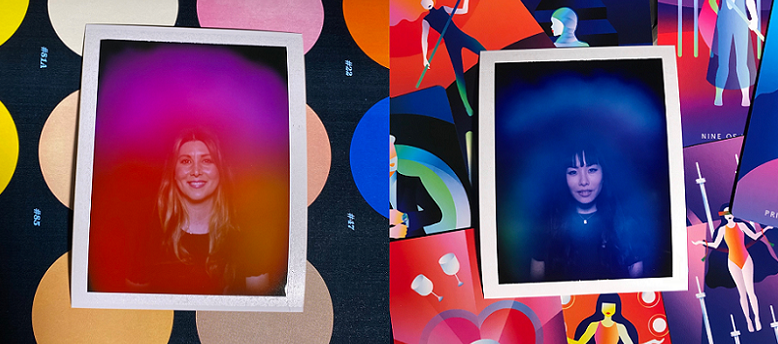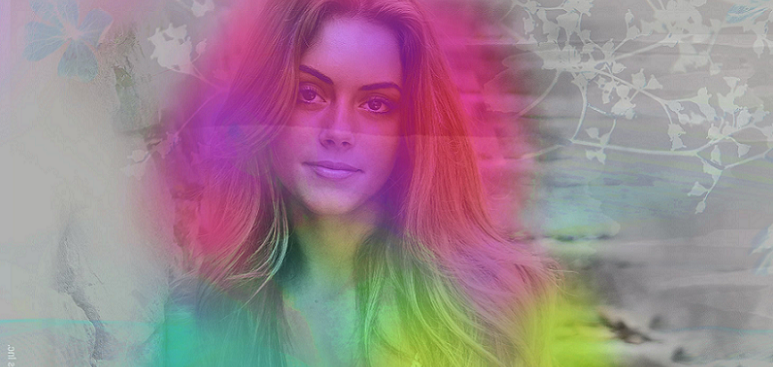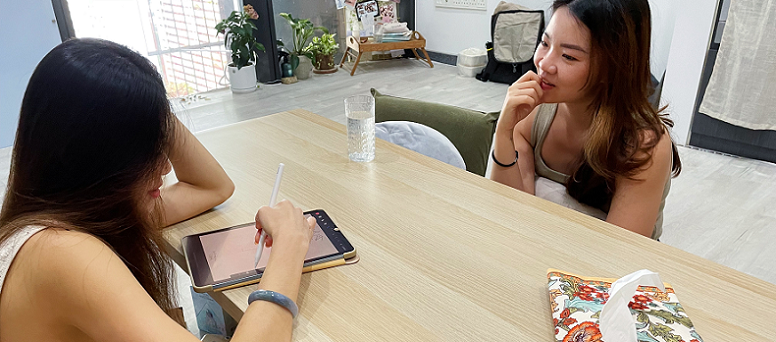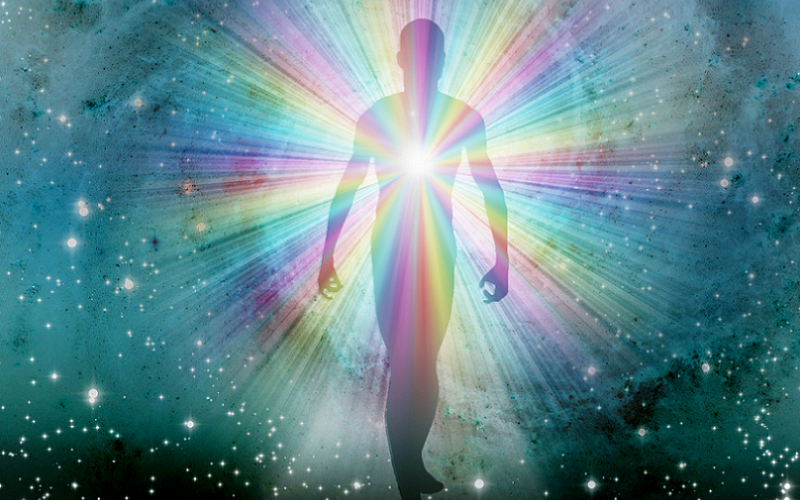Aura reading is an ancient practice that has been around for centuries, but has recently gained popularity as a tool for self-discovery and spiritual growth. It involves interpreting the energy field surrounding a person, known as an aura, to gain insight into their emotional, physical, and spiritual state. Whether you are a seasoned practitioner or just starting to learn about aura reading, this article will provide valuable insights into this fascinating and powerful practice.
What Are Auras?
Auras are an energy field that surrounds all living things, including humans, animals, and plants. They are believed to be composed of different layers of subtle energy that reflect the physical, emotional, and spiritual state of the individual.
Auras are thought to be unique to each person, and can change in response to a person’s thoughts, feelings, and experiences. In aura reading, the different colors, shapes, and patterns of the aura are interpreted to gain insights into a person’s personality, well-being, and spiritual development. While the existence of auras is still a matter of debate among scientists, many people who practice aura reading consider them to be a powerful tool for self-discovery and growth.
The Different Layers and Colors of an Aura
The aura is believed to be an energy field that surrounds all living things and reflects the physical, emotional, and spiritual state of an individual. In aura reading, the different layers of the aura are interpreted to gain insights into a person’s personality, well-being, and spiritual development. The aura is typically divided into several different layers, each of which reflects different aspects of a person’s being.
The outermost layer of the aura is closest to the body and reflects a person’s physical health and vitality. This layer can appear pale, white or gray, or may be muddy or discolored if the person is unwell. The second layer reflects a person’s emotional state and is usually described as being more fluid and dynamic than the physical layer. This layer can appear in colors such as yellow, pink, and green, each of which can indicate different emotional states such as happiness, love, or calmness.
The third layer reflects a person’s thought processes, beliefs, and intellect. This layer is often described as being more angular or structured than the emotional layer and can appear in colors such as blue, purple, or indigo. The innermost layer of the aura reflects a person’s spiritual connection and awareness. It is typically described as being the brightest and most radiant of the aura layers, and can appear in colors such as gold, white, or rainbow-like.

The Connection Between an Aura and a Person’s Physical and Emotional State
Aura reading is based on the belief that the aura reflects a person’s physical, emotional, and spiritual state. According to this belief, the aura can provide insights into a person’s well-being, personality, and spiritual development by showing how their energy is flowing and how it is affected by their thoughts, feelings, and experiences.
For example, a person with a strong and vibrant aura is typically thought to be in good physical and emotional health, while a person with a weak or discoloreddiscolored aura is believed to be experiencing physical or emotional distress. Similarly, changes in the aura’s color, shape, and pattern can reflect changes in a person’s emotional state, such as when the aura brightens and expands during moments of happiness or excitement, or becomes dull and contracted during moments of stress or sadness.
It’s also believed that the aura can reflect a person’s spiritual state, with the spiritual layer of the aura being the most reflective of a person’s spiritual connection and awareness. In this sense, the aura can be seen as a representation of a person’s energy and consciousness, showing how they are connected to the world around them and how they are evolving on their spiritual path.
While the connection between an aura and a person’s physical and emotional state is still a matter of debate among scientists and skeptics, many people who practice aura reading consider it to be a powerful tool for self-discovery and growth. By interpreting the aura, they can gain a deeper understanding of themselves and others, and make changes to improve their physical, emotional, and spiritual well-being.

Techniques for Reading Auras
Aura reading involves various techniques aimed at perceiving and interpreting a person’s aura, which is believed to reflect their physical, emotional, and spiritual state. One common technique is visualization, where the practitioner focuses on the aura and visualizes its colors and patterns. Another technique is Kirlian photography, which uses a high-voltage electrical field to create a visible image of the aura.
Some practitioners may be able to physically perceive the aura by feeling its energy or seeing its colors with the naked eye. There is also the technique of energy scanning, where the practitioner uses their hands to scan the aura and sense its energy. The accuracy and validity of these techniques are still a matter of debate and the interpretation of the aura can be subjective and vary between different traditions and belief systems. It is recommended to approach aura reading with an open mind and seek guidance from experienced practitioners.
How to See and Interpret Aura Colors
Aura reading involves interpreting the colors and patterns of a person’s aura, which is thought to reflect their physical, emotional, and spiritual state. To see and interpret aura colors, one must first calm their mind and focus their energy. This can be done through meditation, deep breathing, or other relaxation techniques.
It is also important to have a clear intention when looking at someone’s aura and to focus on the person you wish to see the aura of. When observing the person, try to relax your eyes and let your gaze soften. Some people may be able to see the aura as a visible, colored light around the body, while others may feel it or sense it. Once you have seen the aura, try to interpret the colors and patterns that you see.
Different colors are often associated with different aspects of a person’s life and well-being, such as their emotional state, health, and spirituality. It is important to note that interpretation of aura colors is subjective and may vary depending on the practitioner’s beliefs and training.

The Benefits of Aura Reading
Aura reading is thought to offer a variety of benefits, both for the individual practitioner and others who are interested in spirituality and self-discovery. The practice of aura reading can facilitate self-discovery by allowing individuals to gain insights into their own emotional, physical, and spiritual state, and identify areas of their life that may need improvement.
It can also improve relationships by providing a deeper understanding of the thoughts, feelings, and motivations of others. Aura reading is often viewed as a calming and meditative practice that can help reduce stress and improve overall well-being. Spiritual development is another potential benefit of aura reading for those interested in spiritual growth.
However, you should note that the benefits of aura reading are not scientifically proven, and the practice should not be used as a substitute for professional medical or psychological advice. It is recommended to approach aura reading with an open mind and seek guidance from experienced practitioners.

